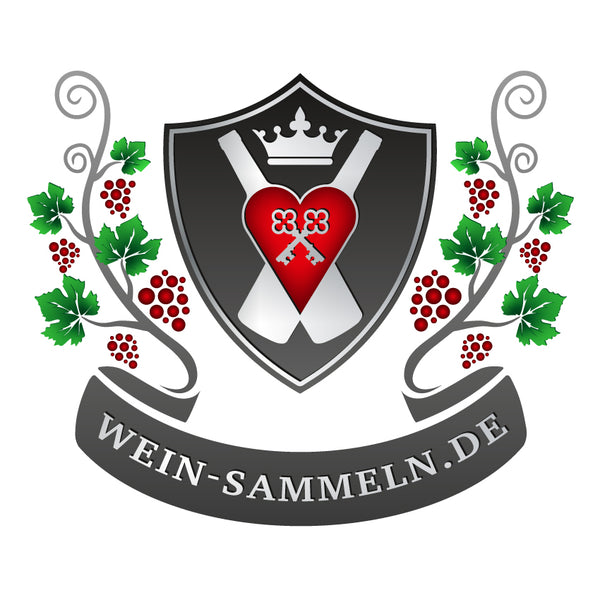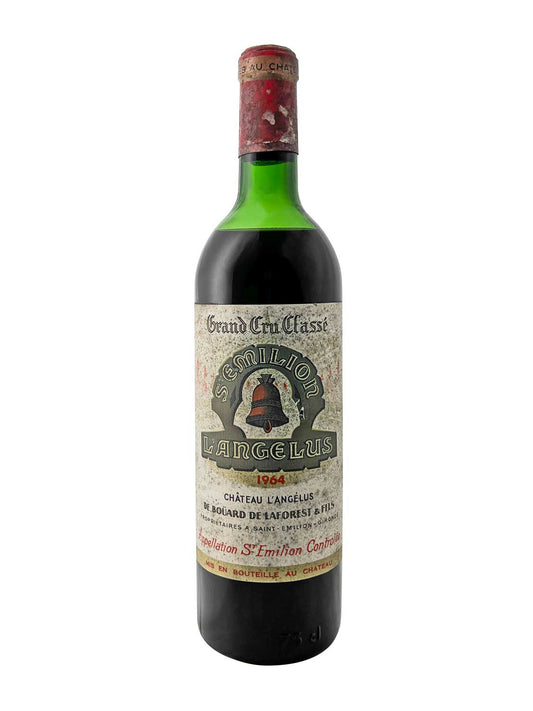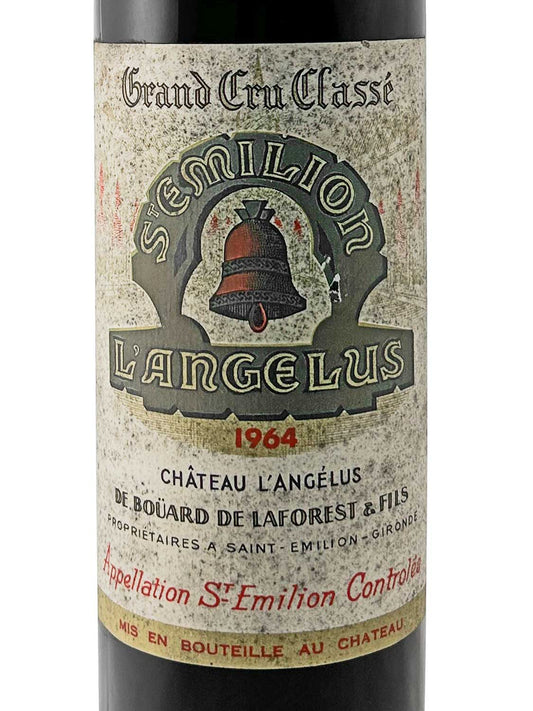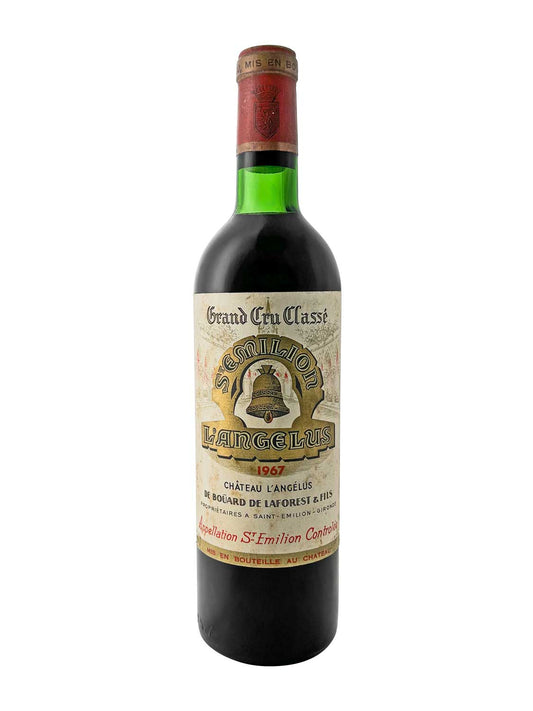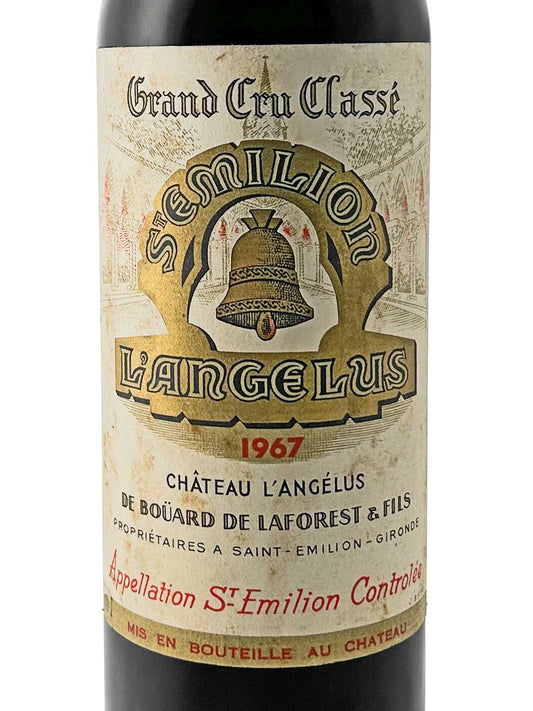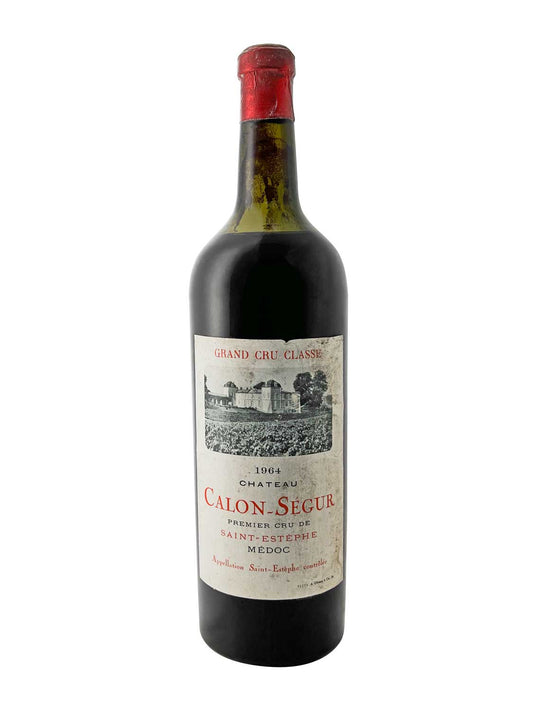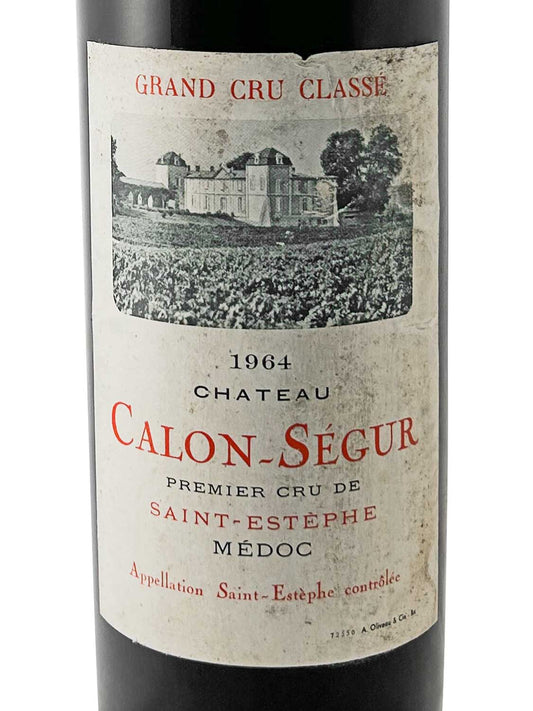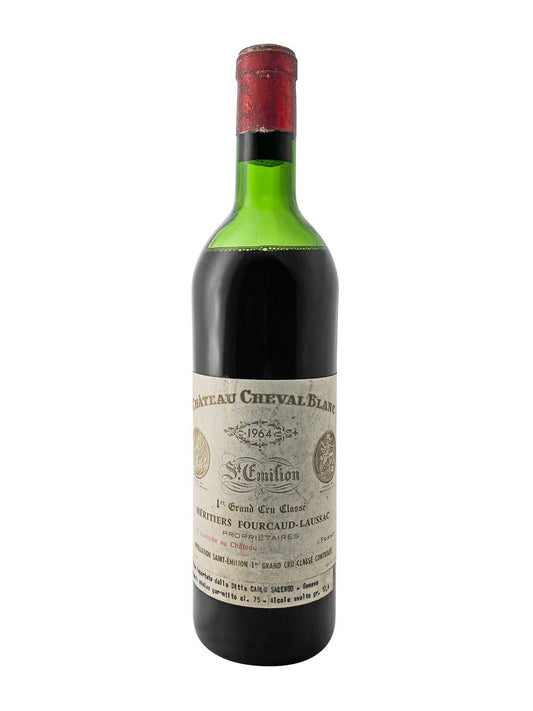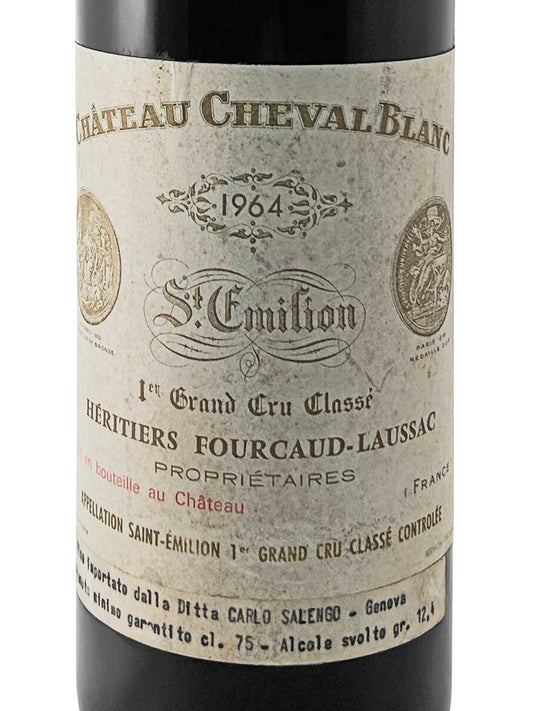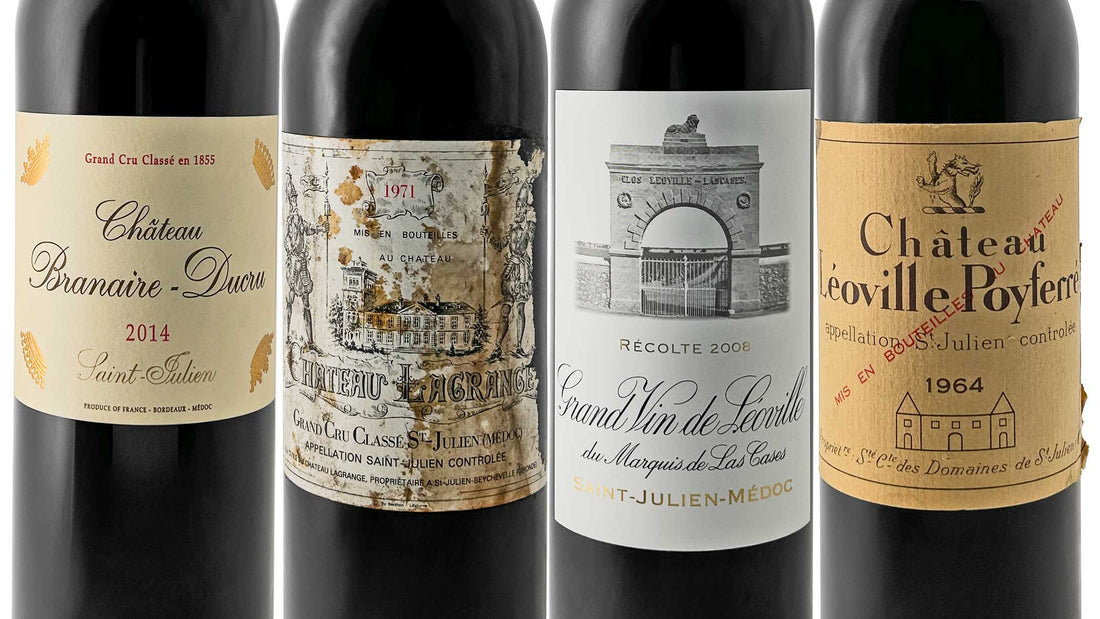
Saint-Julien in Bordeaux
Top wineries, wine profiles & investment tips for high-quality red wines
The Saint-Julien appellation is one of the most famous and prestigious wine regions in the Bordeaux region. With its rich history, world-class wines, and unique terroirs, it attracts wine lovers, collectors, and investors alike. In this article, you'll learn everything you need to know about Saint-Julien—from its geography and key wineries to its wine styles and why this appellation plays a significant role in the world of wine.
What is the Saint-Julien appellation?
Saint-Julien is one of the 65 appellations in the Bordeaux wine region, located in the Médoc plateau along the Gironde estuary. The region is known for its high-quality red wines, consisting primarily of Cabernet Sauvignon, Merlot, Cabernet Franc, and Petit Verdot. The wines from Saint-Julien are renowned for their elegance, balance, and longevity.
The appellation was officially recognized in 1936 and has since earned a reputation as a producer of the highest quality wines. It lies between the renowned communes of Pauillac to the north and Margaux to the south, underscoring its strategic location within the Médoc region.

| Appellation d'origine contrôlée (AOC) | Saint-Julien |
| Recognized since | 1936 |
| Parent region | Bordeaux |
| Subregion | Médoc |
| Cultivation area | 896 hectares |
| Soil type | gravel |
| Grape varieties | Cabernet Sauvignon, Merlot, Cabernet Franc |
| Type of wine | red wine |
| Production quantity | 45,694 hl |
| Average yield | 51 hl/ha |
Geography and terroir
The terroir of Saint-Julien is characterized by well-drained gravel soils, ideal for growing Cabernet Sauvignon. These soils provide excellent water drainage, allowing the grapes to ripen optimally. The climate in Saint-Julien is temperate with maritime influences, which contributes to a long growing season and gives the grapes time to develop complex flavors.
The combination of soil and climate creates ideal conditions for the production of wines with intense fruit aromas, fine tannins and a remarkable structure.
Also read: What does the term terroir mean in wine?
The most important wineries in Saint-Julien
Saint-Julien is home to some of the most prestigious châteaux in the Bordeaux region. Here are the most famous:
1. Château Léoville las Cases
One of the most famous wineries in Saint-Julien, it regularly receives top ratings. It is one of the so-called "Grandes Crus Classés" and produces powerful, complex red wines with great aging potential.
2. Château Ducru-Beaucaillou
Another top château known for its elegant and balanced wines. The wines are characterized by their finesse and depth.
3. Château Gruaud-Larose
This château offers an impressive range of styles, yet remains true to its high quality standards. Its wines are long-lasting and complex.
4. Château Talbot
Known for its powerful red wines with velvety tannins and a hint of spice.
Wineries of the Bordeaux Classification of 1855 from Saint-Julien
| Second Grand Cru Classified | Château Ducru-Beaucaillou |
| Château Gruaud-Larose | |
| Château Léoville las Cases | |
| Château Léoville-Barton | |
| Château Léoville Poyferré | |
| Third Grand Cru Classified | Château Lagrange |
| Château Langoa-Barton | |
| Four Grand Cru Classified | Château Beychevelle |
| Château Branaire-Ducru | |
| Château Saint-Pierre | |
| Château Talbot |
Also read: What quality levels are there for wine?
What these wineries have in common is that they rely on tradition but also use innovative techniques to produce high-quality wines.
Wine profiles from Saint-Julien
Wines from Saint-Julien are characterized by the following characteristics:
Elegance: Compared to other Médoc appellations, the wines are often more elegant with fine tannins.
Complexity: They offer a complex aroma profile with notes of black fruits, tobacco, leather and spices.
Longevity: Many of these wines benefit from age and develop additional nuances over time.
Balance: A harmonious combination of fruit, acidity and tannin makes them perfect companions for sophisticated dishes or for storage.
Typically, Cabernet Sauvignon (often over 60%) dominates the cuvées, complemented by Merlot for smoothness and small amounts of Cabernet Franc or Petit Verdot for fine-tuning.
Why invest in Saint-Julien?
Read also: Wine as an investment
The wine market is showing increasing interest in high-quality Bordeaux wines as an investment. Saint-Julien offers several advantages:
High quality: The wines are consistently of a high standard.
Storage capacity: Many vintages develop excellently over decades.
Potential for value appreciation: Particularly rare or limited editions can increase in value.
Strong demand: International markets appreciate the elegance and complexity of Saint-Julien wines.
However, investors should note that purchasing high-quality vintages or limited editions requires specialist knowledge or advice from experts.

Tips for wine collectors: Choosing the perfect Saint-Julien wine
If you want to buy a wine from Saint-Julien – whether for enjoyment or as an investment – consider the following points:
Check the vintage: Some years produce better ripening times than others (e.g. 2000, 2005, 2010).
Choose a winery: Renowned châteaux guarantee quality.
Storage: Store your bottles in a cool, dark place and lying down.
Aging potential: Decide whether young or mature depending on your taste.
Price comparison: High-quality vintages can be expensive; compare offers carefully.

Conclusion: Why Saint-Julien is a must for wine collectors
The Saint-Julien appellation combines tradition with innovation and offers some of the most elegant red wines in the Bordeaux region. Whether as an investment or for enjoyment, the wines impress with their complexity, longevity, and distinctive character.
Anyone interested in high-quality Bordeaux wines or looking to expand their portfolio should definitely consider the Saint-Julien appellation. With its rich history and reputation as a producer of first-class wines, it remains a major player in the world of fine wines.
